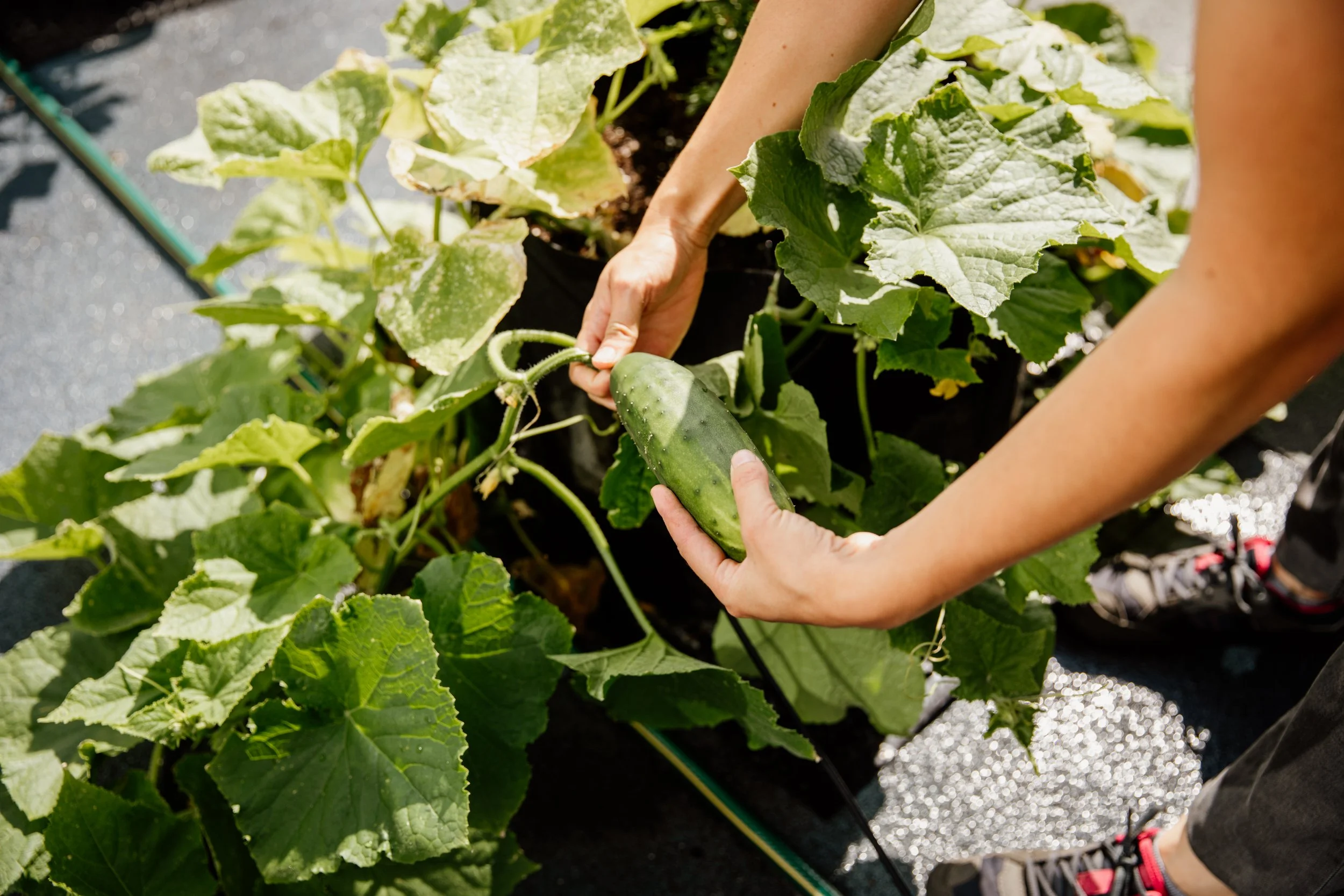The Basics of Urban Farming
Urban farming is a versatile and sustainable practice that transforms city landscapes, improves access to fresh produce, and fosters community engagement. Whether you're a seasoned gardener or a beginner curious about growing your own food in the city, here are the basics to get you started on your urban farming journey.
Understand the Space You Have
The first step in urban farming is assessing the space available to you. Whether it’s a balcony, rooftop, windowsill, or a small plot in a community garden, understanding the space constraints and sunlight exposure will help you plan what you can grow and how.
Choose the Right Crops
Selecting the right plants for your environment is crucial. Some plants require less space and are easier to grow in confined areas, such as herbs (basil, mint, parsley), leafy greens (spinach, lettuce, kale), and vegetables like tomatoes, peppers, and radishes. Consider the climate and the amount of daily sunlight your space receives when choosing your crops.
Soil and Containers
Good soil is the foundation of any garden. Use high-quality potting mix suitable for container gardening, which ensures proper drainage and nutrient retention. Containers can range from traditional pots and planters to more creative solutions like repurposed buckets, wooden crates, or even vertical gardening systems to maximize space.
Watering and Maintenance
Regular watering is essential, but the amount and frequency depend on the type of plants and the environment. Urban settings can lead to faster drying of soil, especially on rooftops or balconies where wind and sun exposure are higher. Ensure your plants receive consistent moisture, and consider setting up a drip irrigation system for ease and efficiency.
Pest Management
Pests can be a challenge in urban gardens just as in rural settings. Opt for organic pest control methods like neem oil, insecticidal soaps, or introducing beneficial insects such as ladybugs. Regularly inspect your plants for signs of pests or disease and take action promptly to prevent spread.
Harvesting
Harvest your produce at peak ripeness for the best flavor. Regular harvesting often encourages more production, especially in plants like herbs and leafy greens. Our urban farmers at MicroHabitat cultivate on average once every two weeks during the growing season! Enjoy the fruits of your labor in your cooking, share with neighbors, or even sell at local markets if you have excess.
Conclusion
Urban farming is a rewarding endeavor that can make a significant impact on your health, your environment, and your community. With some basic knowledge and a bit of creativity, you can transform even the smallest spaces into productive green areas that bring the joys and benefits of gardening into the urban landscape.

